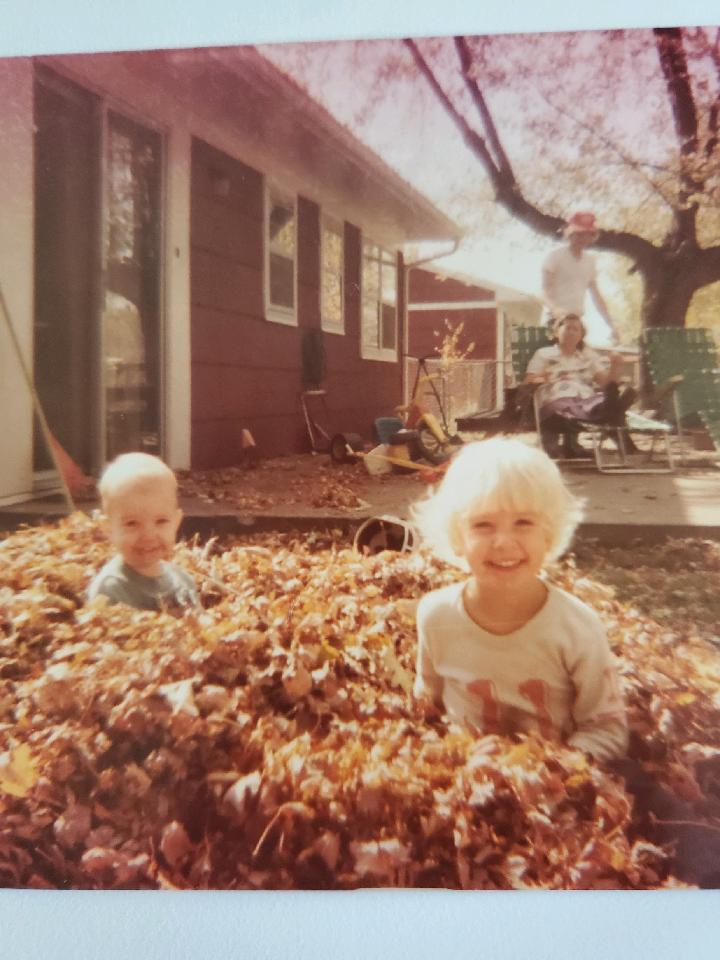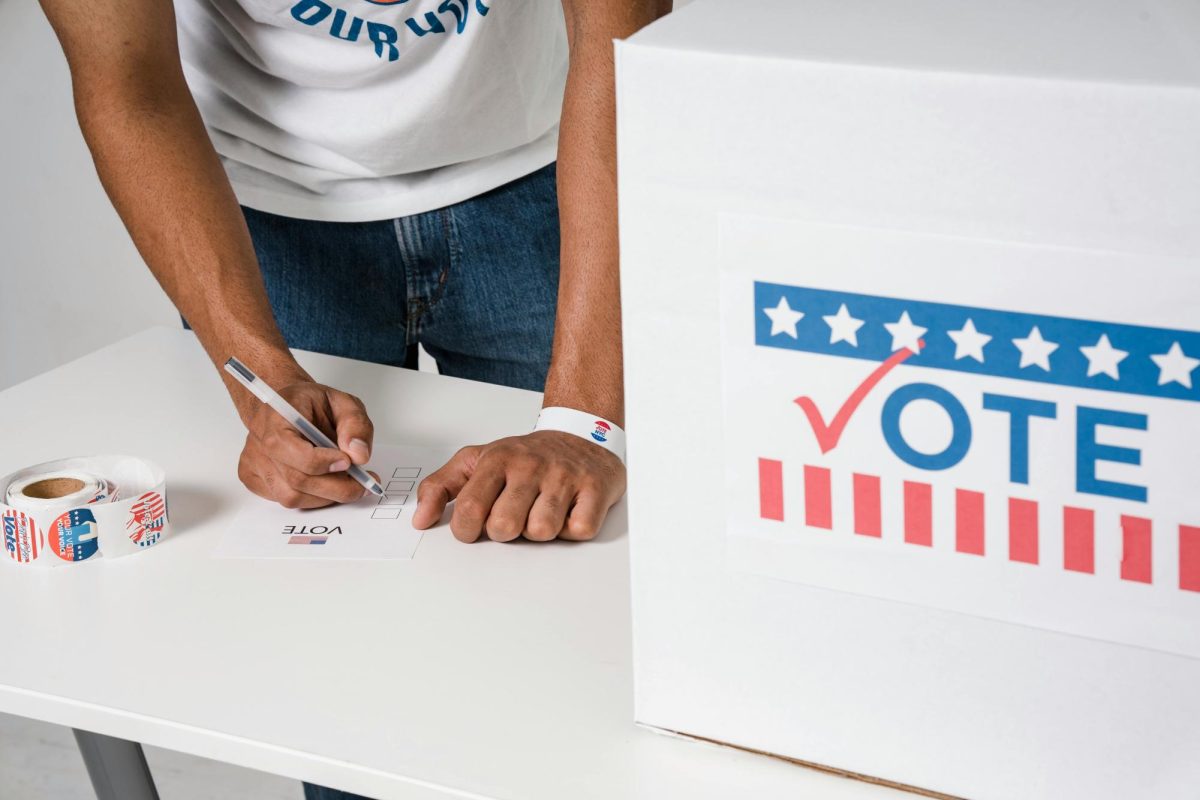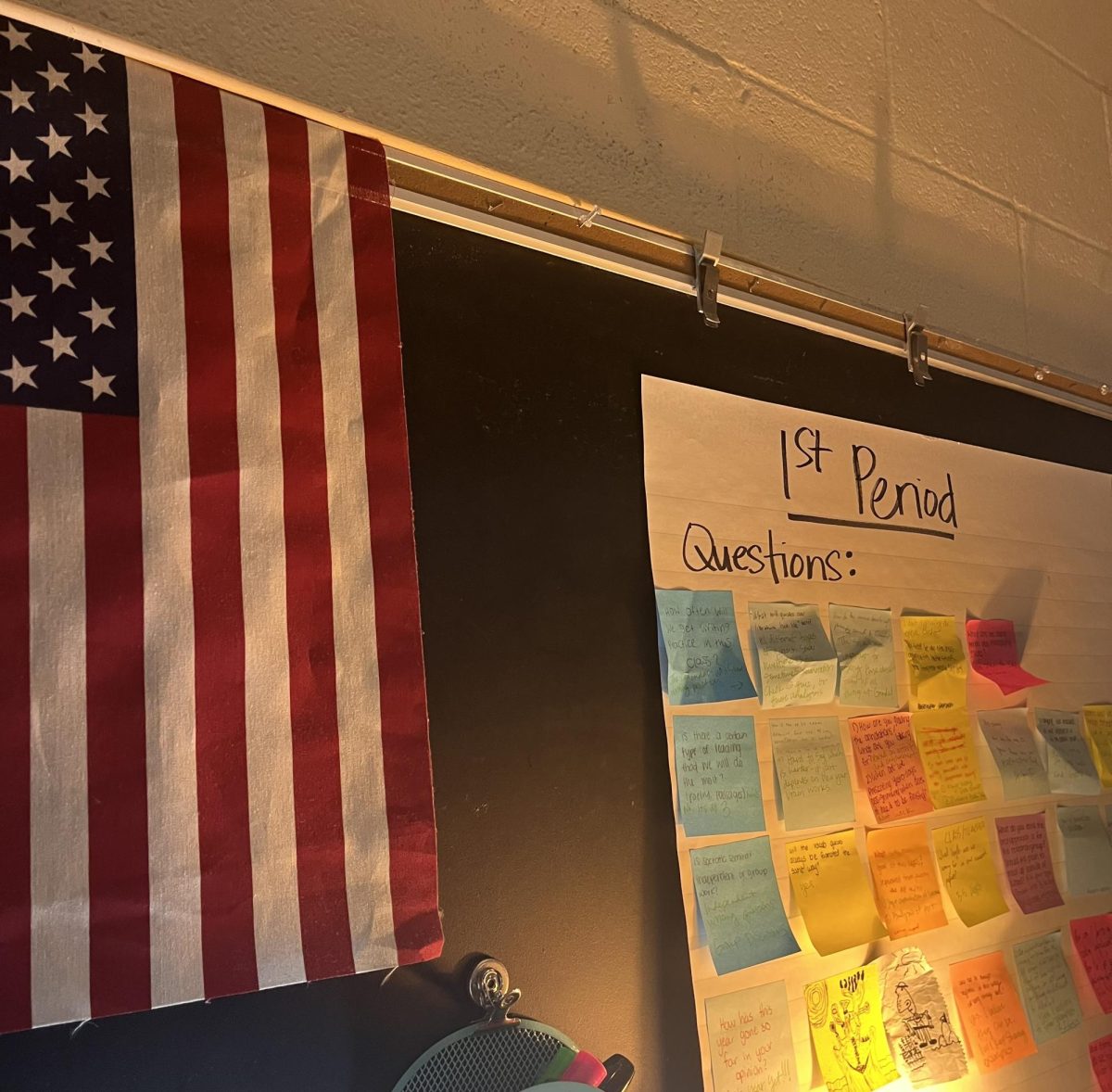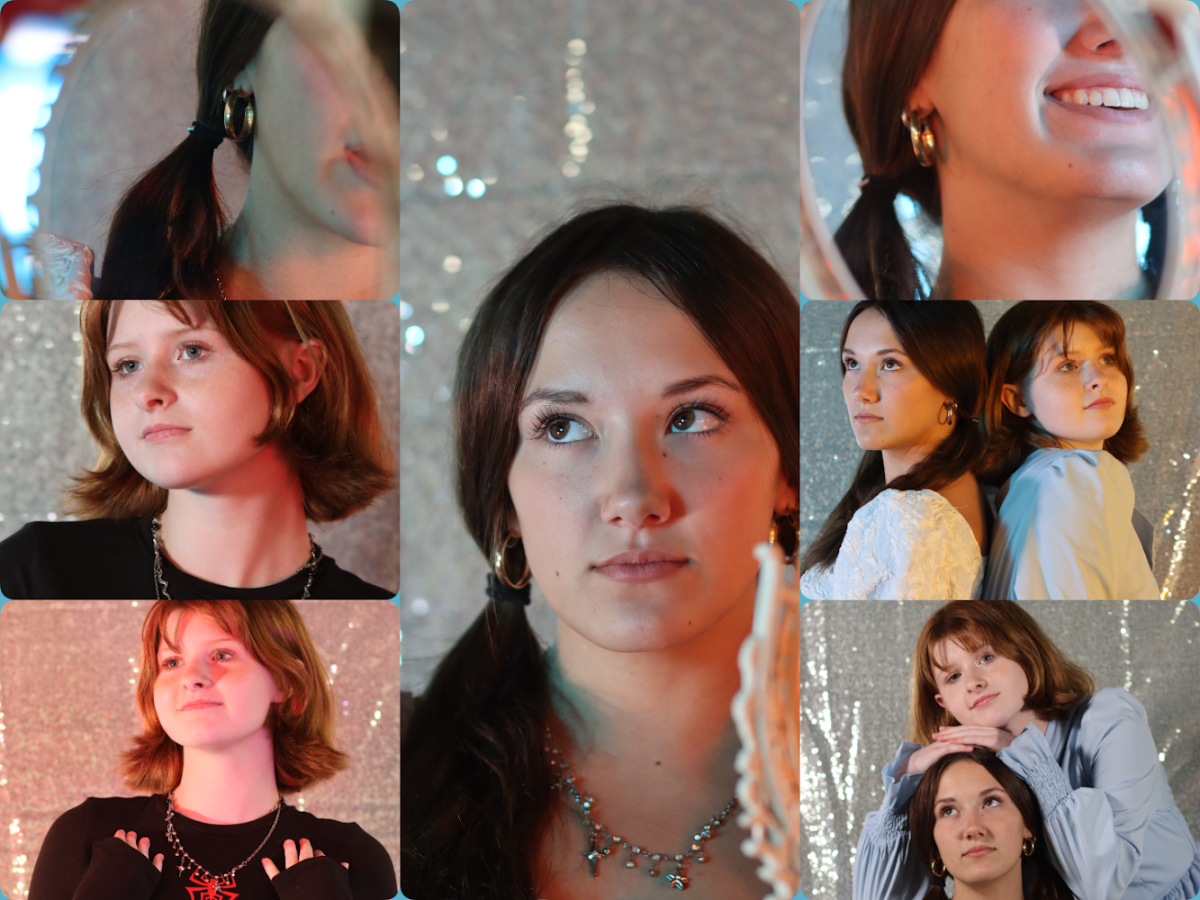Remember the good old days? You might look at that time with such a longing to be back that you feel consumed by happiness or even sadness. Whether it’s for a place you’ve been before or a time period in your life, that feeling is nostalgia.
Nostalgia is a term that has been loosely thrown around in the media and is a popular theme we see with today’s trends. In today’s media, it is becoming increasingly popular to look back on the cool inventions or fashions of the past, and even find them online to re-experience these fun times. We have often reflected on these past decades from the 1950s-2010s and brought so much attention to when they once were, and how they were “better times.” While many can debate if that is true, this is not nostalgia. People have been using the term “nostalgic” to describe anything cool from the past that serves as an artifact from that time. But nostalgia is a feeling that comes from something deeper, and its science is much less well-known.
A chemical reaction that occurs in the brain, producing serotonin and dopamine just like our other strong emotions, is what causes us to feel a longing for the past. When we hear a song, smell food, watch a TV show, or see clothing that reminds us of our past, if good memories and feelings are associated, the brain’s memory and reward system is triggered, bringing a positive warm mood to someone who may have been feeling down, or typical before.
The word nostalgia derives from the two Greek words “nostos” and “algos”, meaning return and pain. In the 17th-19th centuries, nostalgia was actually viewed as a disease, or a mental disorder, and was commonly seen as homesickness in soldiers who fought in faraway places and doctors worried nostalgia was fatal. By the 19th century, it was mainly associated with depression. Today, we see that nostalgia is common within the average person, and could even be beneficial in increasing happiness.
In Generation Z, us 2000s kids have much associated with nostalgia. When we recall old songs, trends, or shows that remind us of this time, we are overwhelmed with either feeling of joy or longing. Things such as Silly Bandz, Toys-R-Us old Teenick shows or Disney marathons, smells of our old favorite childhood food, and 2010’s music, that all remind us of a time that is often considered “simpler” because we were children. We also have a habit of really romanticizing the past and constantly reflecting on our memories from this time, connecting with our peers over our shared memories. Many “Gen Z’s” connect over the fact that they ‘had the same childhood’ with the posts they see online about nostalgic experiences that we have “all had.” One strange concept that became popular in the media was the “George Lopez Effect.” As silly as it sounds, this effect, was nothing more than a memory that a large portion of our generation says they have all experienced. Many teens today say they recall waking up late in the night as a kid, in a feverish sweat to look up and see the George Lopez theme playing on the TV they left on. Whether or not this is the Mandela Effect, it is enough to get people talking. People want to know what this phenomenon is that there was such a specific mutual experience amongst this age group.
Accounts have been made on Instagram and TikTok dedicated to creating content that evokes nostalgia in its viewers with familiar images that represent what childhood was like for most, with a pretty dull audio, that usually evokes some sort of familiarity in the viewer. Some see this content as eerie, happy, depressing, or extremely cool. Many slideshow videos are made with images of containers of crayons, sitting in the backseat of the car, a rainy old street, arcades, movie theatres, or specific toys/games that were popular from this time. These accounts try to showcase the details of a childhood in the most realistic way possible, and the purpose of them is to do nothing more than amuse the viewer with the relatability, or maybe make them feel a sense of longing for this past. Some perceive them this way, and some think it’s odd that we all recall similar streets or places, that could’ve been made up in our mind, to begin with, or deja vu.
But in all honesty, are these videos and perceptions of the past always accurate? As time goes on and we get further from the past, our view of the past starts to get distorted/blurry, and even look like these images that others say it did. While most images are impressively close to many childhood memories, we all lived different childhoods, and get nostalgia from different things. We have started to associate different places, things, and sounds with our childhood which is why these videos feel like they are personally targeting their audience.
Many find comfort in nostalgia, and it’s comforting to look back on the past that brought us joy, but this does not go to say that nostalgia doesn’t blindside many. If one views the past with only extremely good feelings and longing to go back, they are risking ignoring that there is also bad in the past. You can’t be entirely correct to say the past had no flaws, especially as the years were earlier, many people had lives that were not going to be looked on with adornment in the future. The past had many issues such as oppression and discrimination that had many living lives that should not be overlooked or forgotten. When it comes to personal experiences, many have memories that bring them a joy to look back on and there is no shame in embracing that. But we must not forget to see what is right in front of us, as we are going to have this same feeling of nostalgia one day for these times right now.






